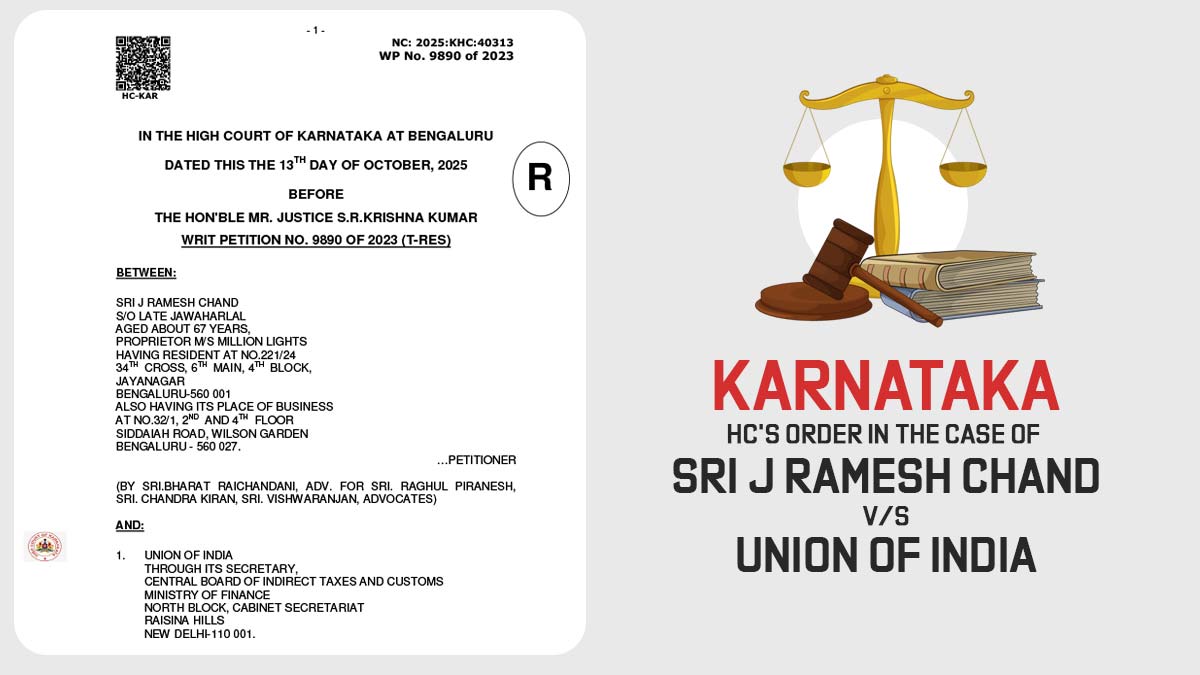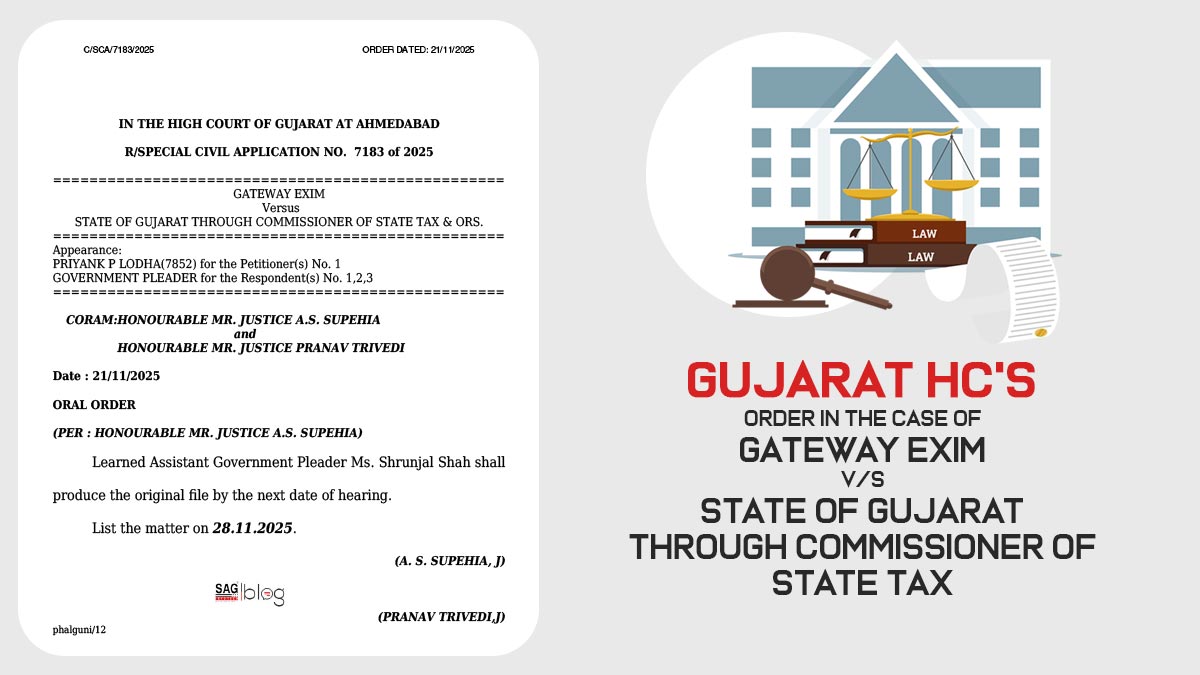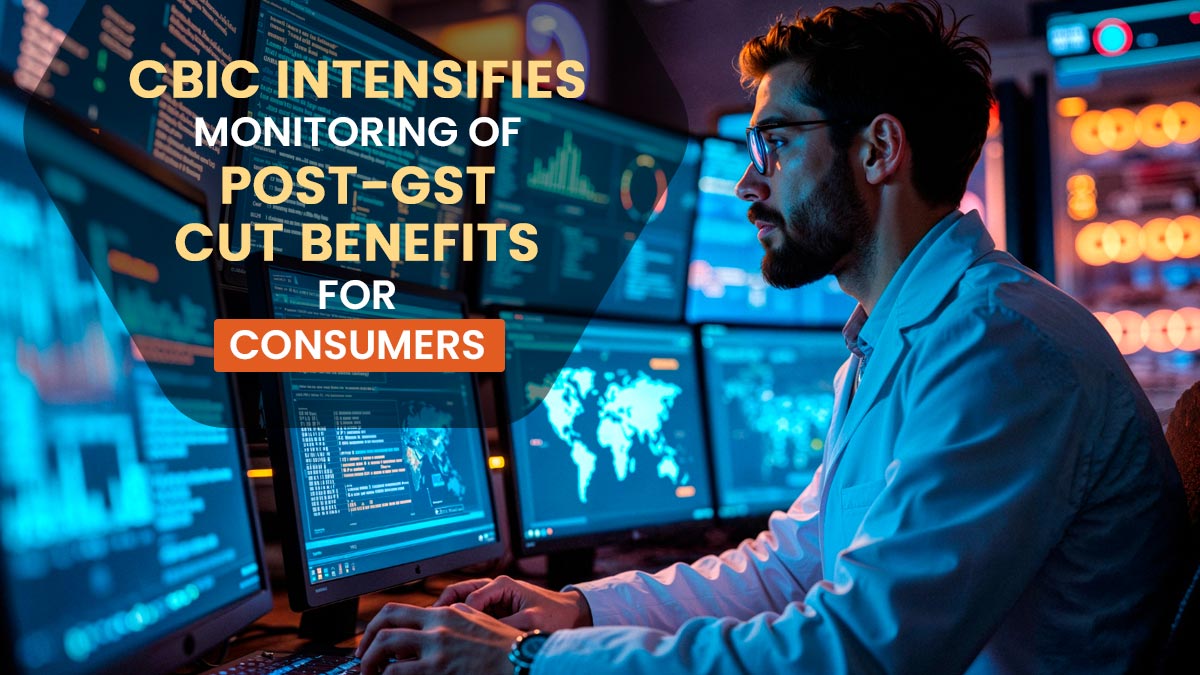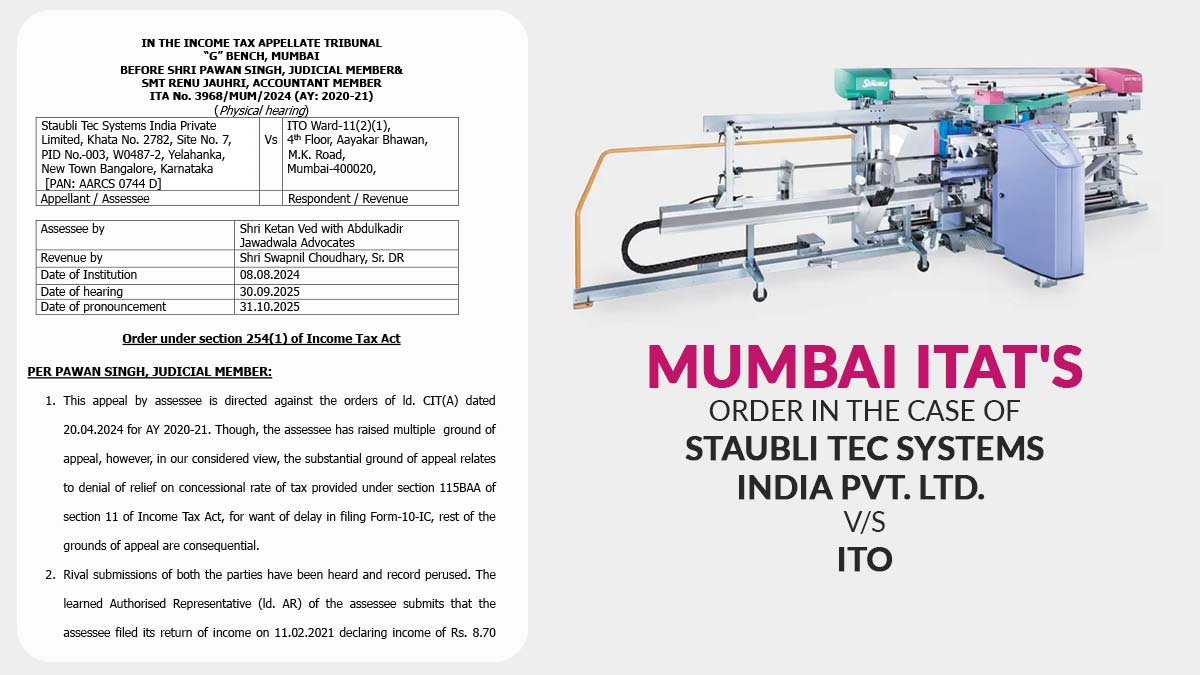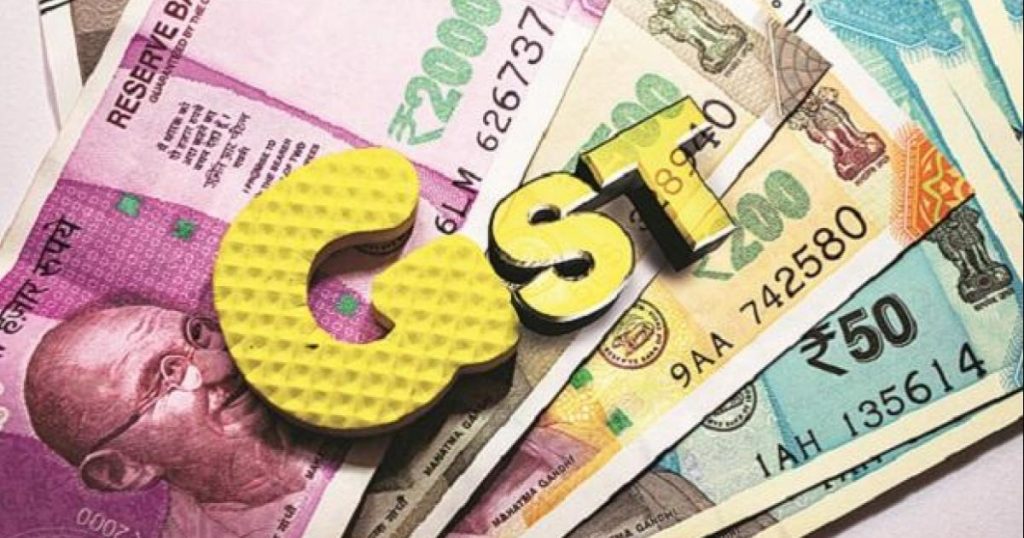
Breaking all the records, Goods and Services Tax (GST) made a remarkable collection of Rs. 1 Trillion for two successive months, but the June month was somehow ill-fated as the collection of Indirect Tax fell considerably to Rs. 99,936 Crores.
On a good note, the average quarterly collection of April-June managed to reach Rs. 1.04 Trillion, which is 7% more than the previous year’s collection.
This slight impetus in the tax collection growth can be because of the decreased tax rates or the GST Council’s decision to curb tax rates in a commanding situation.
This failure from achieving the target could possibly lead the central government to adjust on the part of the states to settle national revenue loss under GST Government, as per the commitment agreed upon before indirect tax reform.
Back in 2017, Central and State government kept the target of two years till 30 June 2019, to fix GST.
Another drawback of this hindered revenue growth is that in the near future the GST Council may increase tax rates until there is a considerable rise in the revenue collection. It also seems that now the government will emphasize improving the compliance of taxpayers with the help of the database from various sources.
Expert says “It is appreciated that a steady GST collection has sustained. Government is putting all its efforts into arresting tax evasions, which could possibly increase tax collection”. He further stated that “Tools such as upgraded return format, new invoicing system, upgraded e-way bill system, etc. may help reduce the chances of tax evasion”.
Recently in an event, minister of state for finance Anurag Thakur said in his pitch “The threat of businesses generating fake invoices needs to be checked as the deeds of few traders could lead to inconvenience for various genuine taxpayers and creates loss to the sarkar’s revenue generation from tax”. Absolute actions will be taken by tax officers against such offences.
Going back to the launch of GST in India (1 July 2017), current finance minister Nirmala Sitharaman along with the prior finance minister Arun Jaitley, stated to the media that, they are looking forward on the successful implementation of GST regime and a simplified tax structure.
On 1 July 2019, on the occasion of GST’s second birthday, we are committed towards greater simplification of the process and it was all possible because of the GST Council, all state governments, union territories, trade and industries constant dedication and support, stated Sitharaman.
Former Finance Minister Arun Jaitley in a long Facebook post conveyed that “after the execution of GST in India, there is a dynamic increase in the total number of taxpayers. Two years back, the total number of taxpayers was around 65 Lakhs, which has now reached 1.20 Crores.”
Jaitley further stated that independently 20 states have shown a 14% increase in their revenues from tax collection. Criticizing the concept of single slab GST, Jaitley said, this is possible only in dynamic countries and not in a country where the majority of the crowd is below the poverty line.




